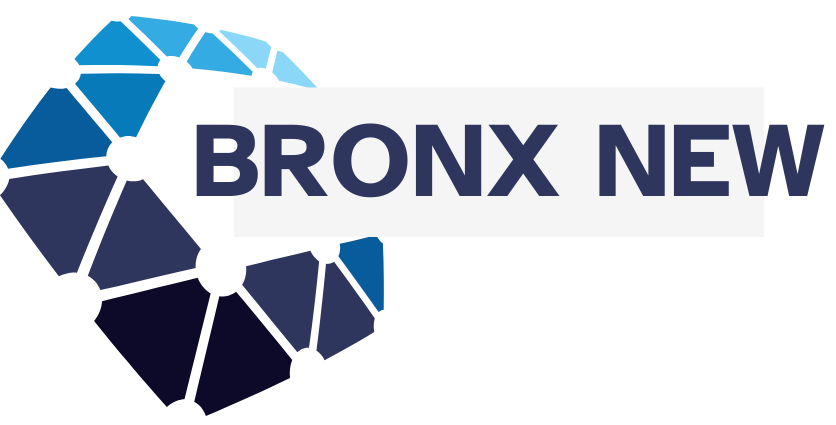Discover the exciting world of digital currencies as you learn how to create your own cryptocurrency. With blockchain technology, creating a customizable cryptocurrency is within reach. This guide will walk you through the initial steps, ensuring you have a strong foundation before diving into building and launching your digital currency. Let’s explore the crucial elements involved in bringing your cryptocurrency idea to life.
Understanding Blockchain Technology
Blockchain technology serves as the backbone of cryptocurrency creation. At its core, a blockchain is a decentralized ledger that records transactions across numerous computers, ensuring that the record cannot be altered retroactively. This makes it both trustworthy and secure.
Key Components of Blockchain
A blockchain consists of blocks that hold transaction data, a timestamp, and a cryptographic hash of the previous block. This structure ensures the integrity of data and allows for seamless tracking of information.
Decentralization: One significant feature of blockchain is its decentralized nature. Unlike traditional databases controlled by a central entity, blockchain data is distributed across various nodes. This decentralization enhances security and transparency, as altering data on one node would necessitate changes across multiple nodes.
Immutability: Once data is recorded on a blockchain, it is challenging to modify. This immutability is achieved through cryptographic hashing and consensus mechanisms that verify transactions before they are added to the chain.
Understanding these key components is crucial for anyone looking to create a new cryptocurrency, as they form the foundation of your digital currency’s ecosystem. Knowledge of blockchain technology allows for informed decisions throughout the design and implementation process of your cryptocurrency project.
Designing the Architecture of Your Cryptocurrency

When designing the architecture of your cryptocurrency, there are several critical components to consider. One essential element is the structure of your blockchain, as this will determine how transactions are processed and stored. You’ll want to choose between a public or private blockchain and decide on the level of decentralization.
A good starting point is to define the data structure for your cryptocurrency. This includes blocks, chains, and the way transactions are recorded. Ensure that your design provides both transparency and security. Integrating encryption methods is vital to protect data from unauthorized access and ensure the integrity of the blockchain.
Another factor to take into account is scalability. As your cryptocurrency grows, your system should be able to handle an increasing number of transactions without compromising speed or security. Consider implementing mechanisms that enhance efficiency, such as sharding or off-chain transactions.
Furthermore, the architecture must accommodate the smart contracts, especially if your cryptocurrency supports decentralized applications (DApps). Ensuring that the architecture supports smart contract execution efficiently is crucial to meet the demands of users.
Lastly, your cryptocurrency should be interoperable with other blockchains and platforms. This allows for greater adoption and integration into existing systems, widening its usability and reach in the ecosystem.
Choosing a Consensus Mechanism
When creating your own cryptocurrency, selecting the right consensus mechanism is a pivotal step that determines how transactions are verified and blocks are added to the blockchain. There are several consensus mechanisms available, each with its own advantages and disadvantages. The most popular methods include Proof of Work (PoW), Proof of Stake (PoS), and Delegated Proof of Stake (DPoS).
Proof of Work (PoW)
utilizes computational power to solve complex mathematical problems. Miners race to solve these puzzles, and the first to do so can add a block to the blockchain. While PoW has been crucial for securing networks, such as Bitcoin, its high energy consumption is often criticized.
Proof of Stake (PoS)
offers an alternative by using validators who lock up a certain amount of cryptocurrency as collateral. This reduces energy consumption, as PoS does not require intensive computation. Validators are chosen to add new blocks based on their stake and sometimes the length of time they’ve held the stake.
Delegated Proof of Stake (DPoS)
introduces a voting system where stakeholders elect a small number of delegates to validate transactions and maintain the blockchain. This method is known for its speed and scalability, making it ideal for projects needing high throughput.
Understanding these mechanisms is crucial for designing a secure and efficient cryptocurrency. Each method has its own implications on network security, scalability, and decentralization. Consider factors such as your target audience, network goals, and resources when choosing the best consensus mechanism for your cryptocurrency project.
Launching and Promoting Your Cryptocurrency

When you’ve successfully developed your cryptocurrency, the next crucial step is launching it into the market. This involves several key actions to ensure that your coin reaches the right audience and gains traction. Start by creating an official website that showcases your cryptocurrency’s unique features and benefits. Make sure it’s user-friendly and provides all necessary information clearly.
Establishing a professional social media presence is another vital part of promoting your cryptocurrency. Utilize platforms like Twitter, LinkedIn, and Telegram to engage with potential users and investors. Regular updates and engaging content will help build community trust and interest.
Consider initiating a pre-launch campaign that includes a whitepaper distribution and media outreach. This will raise awareness and generate excitement around your upcoming launch. Additionally, plan a public token sale or Initial Coin Offering (ICO) to attract early adopters and raise the necessary funds for further development and marketing.
Partnering with established cryptocurrency exchanges to list your coin can significantly enhance visibility and accessibility. Choose exchanges that align with your target audience and have a good reputation in the community.
Furthermore, joining popular forums and discussion groups such as Reddit or Bitcointalk can aid in building a strong, engaged community. Engaging with potential users in these forums can provide valuable feedback and foster trust.
To boost acceptance, offer practical use cases demonstrating how your cryptocurrency can be used in everyday transactions or specific industries. Collaborate with businesses to encourage adoption, providing incentives such as promotional offers or discounts for using your cryptocurrency.
Finally, ensure consistent and transparent communication with your community. Regularly update them about new developments, challenges, and future plans to maintain interest and foster a loyal user base.





